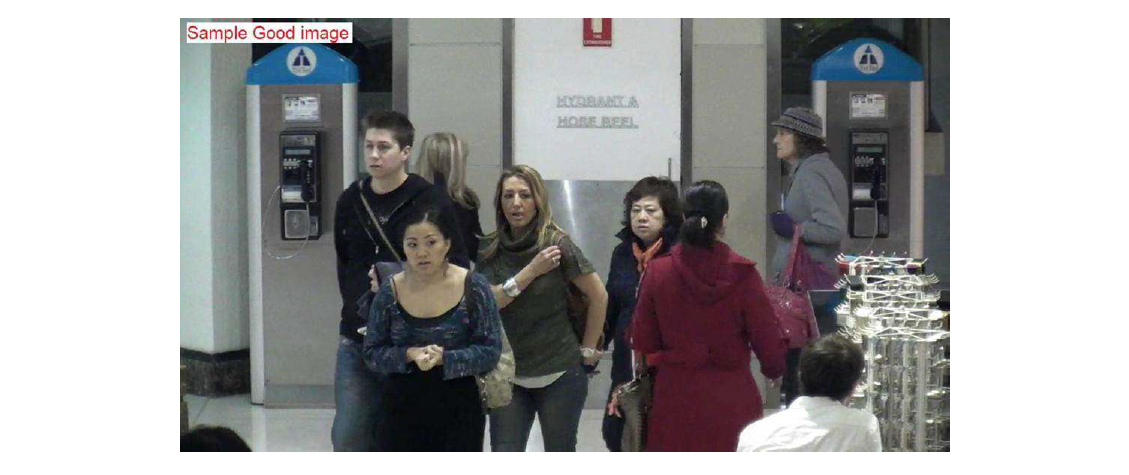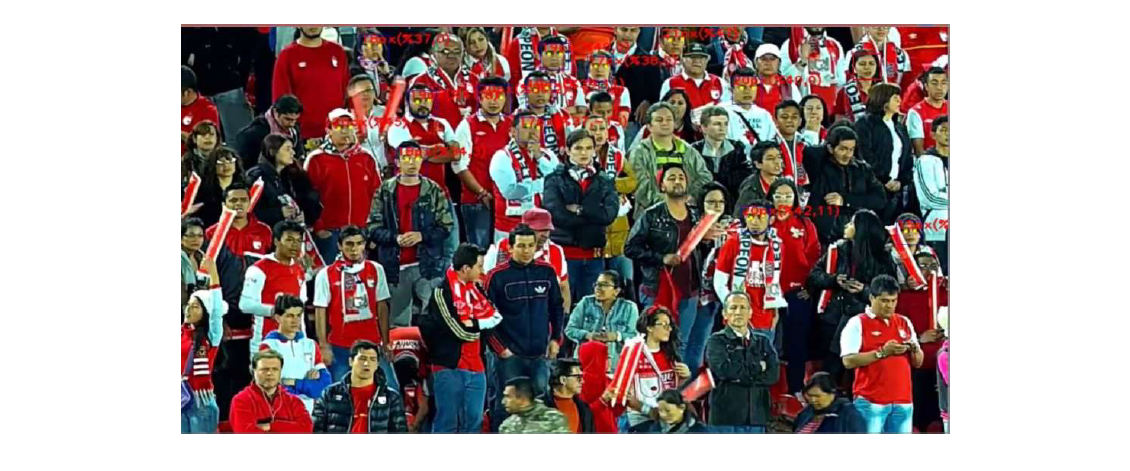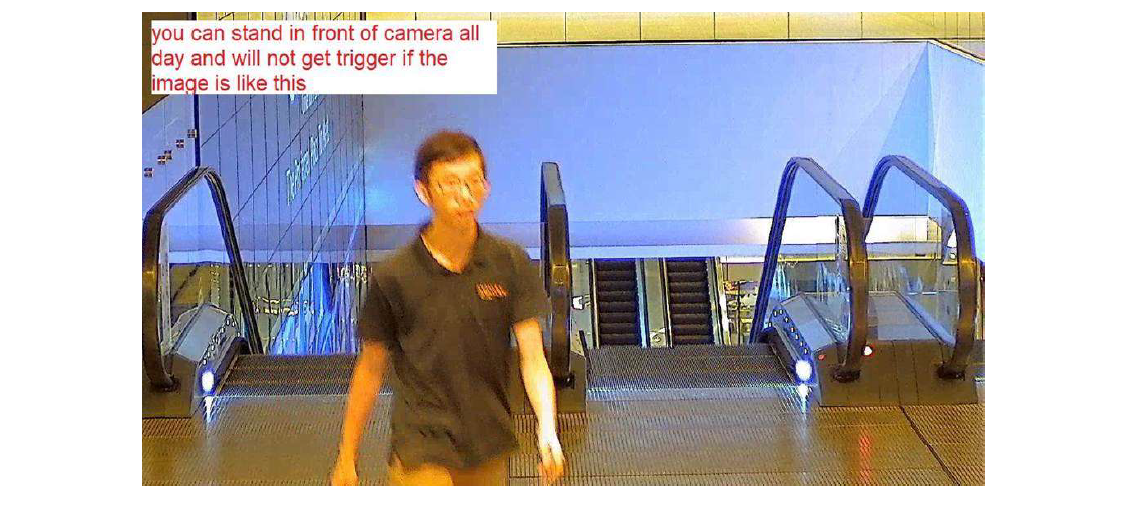Start Deploying Your Smart System Today!
Conventional Systems are obsolete. Get in with the future.

We are often asked this question by our partners as they are keen to ensure that the cameras they use are going to be effective.
Note that is a different question to: Can your software work with Camera X. We can work with any camera as long as it complies with an industry standard ONVIF compliant interface. And we have interfaces built for a number of camera brands that are not ONVIF compliant.
But this does not mean that the particular camera will be effective.
The question on camera specifications should normally be put to the manufacturer. They always have extensive catalogues of products, many of which would be quite suitable for a particular general surveillance task. Unfortunately, most camera manufacturers are focussed on features and cannot relate features to outcomes. Therefore, most of them are not able to say that with a particular product they would get an acceptable outcome given certain environmental conditions.
A video analytics supplier can provide general guidelines like: A 2 megapixel camera with a 50mm lens will recognize faces at 20 meters.
Unfortunately, this is insufficient as cameras are sophisticated devices with many parameters that can affect the image.
Let us explain this with one example.
If the user wishes to perform Face Recognition, he would get high accuracy with an image like the one shown as Figure 1. This image can be achieved with a 1.3 megapixel camera with a 22 mm lens at a distance of 7 meters.

Figure 1
The image in Figure 2 is also suitable for Face Recognition. It was also taken on a 1.3 megapixel camera with a 50mm lens at just over 10 meters.

Figure 2
The image shown below in Figure 3 was taken on a 2 megapixel camera which is a higher resolution than the cameras used for Figures 1 and 2 . However, as you can see it is blurred and unclear. A Face Recognition system would not work well on that image.
The camera in Figure 3 had an automatic shutter speed adjustment. This meant that as the light level diminished, the shutter speed slowed down to maintain the light levels at the chip. The slower shutter speed caused the image to blur.
The solution in this situation is to set the shutter speed to the required level manually and ensure the lighting level is always sufficient for the Face Recognition task.
Unfortunately, not all cameras have manually adjustable shutter speeds. It is often assumed that an “automatic” function must always be better than a manual one and as we have just seen that is not the case.

Figure 3
This was just one example demonstrating how a single parameter can affect the image quality.
For any particular environment there could be large numbers of parameters that need to be considered.
There are many manufacturers who now offer very high resolution cameras and there is an assumption that a high resolution would greatly improve results for applications such as Face Recognition, License Plate Recognition or Behaviour Analysis .
This is not always true. We have just seen that we can get a better image with a lower resolution camera in Figures 1 and 2 than we could get on a higher resoluton camera in Figure 3.
The higher the resolution, the more computing power is required for the processing of the analytics. Based on the cost of computing today and for the next few years (on the assumption that computing costs will continue to fall according to Moore’s Law) the optimum resolution is 2 megapixels. Beyond that the cost of computing rises significantly such that it is far more economical to have several cameras than to have one very high resolution camera.
Further as has already been demonstrated, other features such as Frame Rate, Shutter Speed, Wide Dynamic Range and other camera features are far more important considerations than the resolution. If your objective is to obtain intelligent information from a camera then installing a 4K or 8K camera would be a waste of money.
The camera must not only provide the right quality of image for the analytics. It must be able to operate in the required environment. At the simplest level this means that it should withstand the temperatures, vibrations, dust and rain in the location where it is to be used.
The Use Case also needs to be considered. For instance, if a camera is to be placed on a main road on a tall lamp post, there would costs each time a person had to be sent out to climb up to the camera to adjust it. For such situations the camera should have a motorized lens that can be adjusted from the control room.
The ideal camera needs to be suited both to the environment and to the use case
iOmniscient cannot possibly test out every camera model from every manufacturer for every application in every environment for every use case to judge its suitability.
Nor would iOmniscient want to manufacture cameras. It recognizes that its core competency is in Artificial Intelligence and does not feel it is appropriate to distract itself from its goal of remaining the leader in its field.
But we recognize that it is important to have the right cameras for each requirement.
IOmniscient has therefore designed a small number of cameras with the optimal specification required for each application for the most difficult use cases and environments. These cameras are manufactured by various third parties to iOmniscient’s Design Specifications and are tested by iOmniscient.
These cameras are available under the Analytics Ready brand and are optimized to achieve the necessary outcomes for use cases and environments normally encountered during video analytics.
© iOmniscient 28 12 2018

Start Deploying Your Smart System Today!
Conventional Systems are obsolete. Get in with the future.
